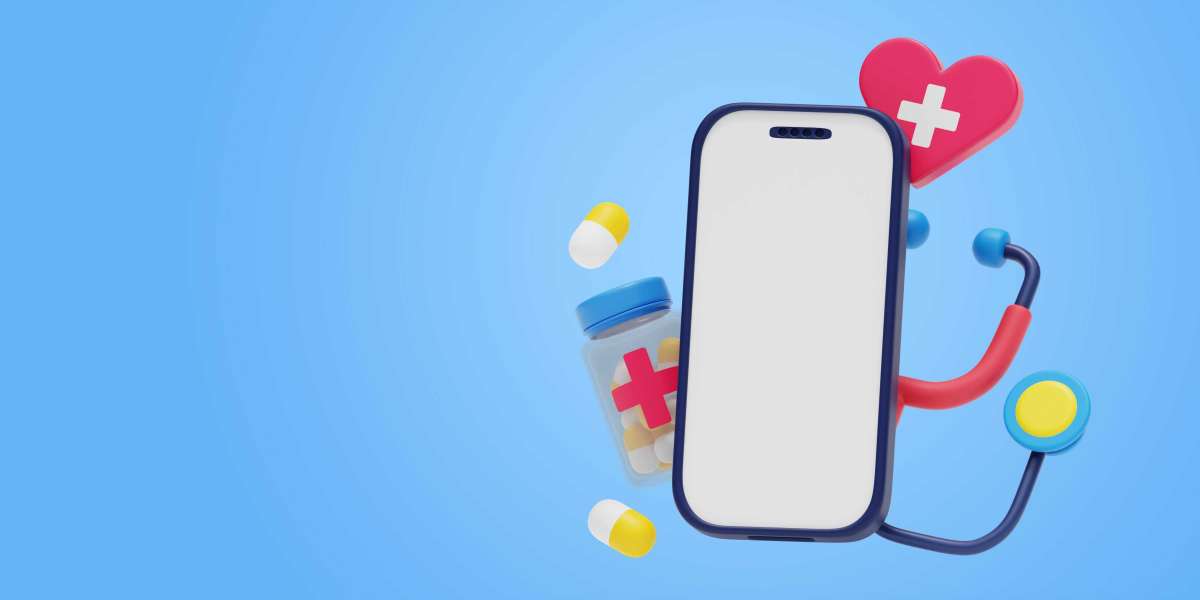Advantages of Remote Patient Monitoring (RPM)
1. Continuous Monitoring and Early Detection
One of the primary advantages of RPM is its ability to provide continuous monitoring of patients' health metrics, such as heart rate, blood pressure, glucose levels, and more. This continuous data collection allows healthcare providers to detect subtle changes in a patient's condition early on, potentially preventing complications and reducing hospitalizations.
For example, RPM can monitor a patient with chronic heart failure for signs of fluid retention or irregular heart rhythms. Early detection of these changes enables timely intervention, such as medication adjustments or lifestyle modifications, to prevent worsening of the condition.
2. Improved Patient Engagement and Compliance
RPM empowers patients to take an active role in managing their health by providing real-time feedback on their progress and adherence to treatment plans. Many RPM systems include patient portals or mobile apps that allow patients to view their own health data, receive educational materials, and communicate with healthcare providers remotely.
By actively involving patients in their care, RPM can enhance patient engagement and motivation to adhere to prescribed treatments. Patients who feel more engaged in their healthcare are more likely to comply with medication regimens, follow dietary recommendations, and adopt healthy lifestyle behaviors, ultimately leading to better health outcomes.
3. Enhanced Access to Healthcare Services
RPM can improve access to healthcare services, particularly for patients in rural or underserved areas who may face challenges accessing regular medical care. By remotely monitoring patients' health status, healthcare providers can offer timely interventions and preventive care without the need for frequent in-person visits.
Telemedicine platforms integrated with RPM technology allow healthcare providers to conduct virtual consultations, review remote monitoring data, and adjust treatment plans as needed. This approach not only reduces travel time and costs for patients but also expands access to specialized medical expertise that may not be locally available.
4. Cost Savings and Efficiency
Implementing RPM has the potential to reduce healthcare costs associated with hospital admissions, emergency room visits, and complications from chronic conditions. By proactively managing chronic diseases and monitoring high-risk patients remotely, healthcare providers can intervene early, prevent exacerbations, and reduce the need for costly interventions.
For instance, RPM can help manage patients with diabetes by monitoring blood glucose levels and providing personalized feedback on diet and medication adherence. This proactive approach can lead to fewer diabetic complications, hospitalizations, and overall healthcare expenditures.
5. Personalized Care and Treatment Optimization
RPM enables healthcare providers to deliver personalized care based on individual patient data and trends over time. By analyzing continuous streams of health information, providers can tailor treatment plans to meet the specific needs and preferences of each patient.
For example, RPM can adjust medication dosages based on real-time blood pressure readings or recommend lifestyle modifications based on trends in activity levels and sleep patterns. This personalized approach not only improves patient outcomes but also enhances patient satisfaction by addressing their unique healthcare needs.
6. Support for Aging Populations and Chronic Disease Management
As populations age and the prevalence of chronic diseases continues to rise, RPM offers a valuable tool for managing complex health conditions more effectively. Elderly patients and those with chronic diseases such as hypertension, heart disease, and respiratory disorders can benefit from regular monitoring and early intervention facilitated by RPM technology.
For elderly patients living independently or in assisted living facilities, RPM provides peace of mind to caregivers and family members by monitoring vital signs and alerting healthcare providers to any concerning changes in health status. This proactive monitoring can prevent falls, medication errors, and other complications associated with aging.
7. Data-Driven Decision Making and Population Health Management
RPM generates large volumes of real-time health data that can be analyzed to identify trends, patterns, and predictors of health outcomes at the population level. Healthcare organizations can use this data to implement targeted interventions, allocate resources more efficiently, and improve population health management strategies.
For example, RPM data analytics can identify populations at high risk for cardiovascular disease based on trends in blood pressure and cholesterol levels. Healthcare providers can then implement preventive measures, such as lifestyle counseling and community health programs, to reduce the incidence of heart disease within the population.
Applications of Remote Patient Monitoring (RPM)
Remote Patient Monitoring (RPM) has applications across various medical specialties and conditions, including:
- Cardiology: Monitoring of heart rate, rhythm, and blood pressure in patients with heart disease or arrhythmias.
- Endocrinology: Tracking blood glucose levels and insulin usage in patients with diabetes.
- Pulmonology: Monitoring of respiratory rate and oxygen saturation in patients with chronic obstructive pulmonary disease (COPD) or asthma.
- Neurology: Tracking of movement disorders and seizure activity in patients with epilepsy or Parkinson's disease.
- Geriatrics: Monitoring of mobility, falls, and medication adherence in elderly patients living independently.
Conclusion
Remote Patient Monitoring (RPM) holds tremendous potential to revolutionize healthcare delivery by enabling continuous monitoring, improving patient engagement, enhancing access to healthcare services, reducing costs, and supporting personalized care. As technology continues to advance and healthcare systems evolve, RPM will play an increasingly vital role in managing chronic diseases, promoting healthy aging, and improving overall patient outcomes. By harnessing the power of RPM, healthcare providers can deliver more efficient, effective, and patient-centered care in the digital age.





